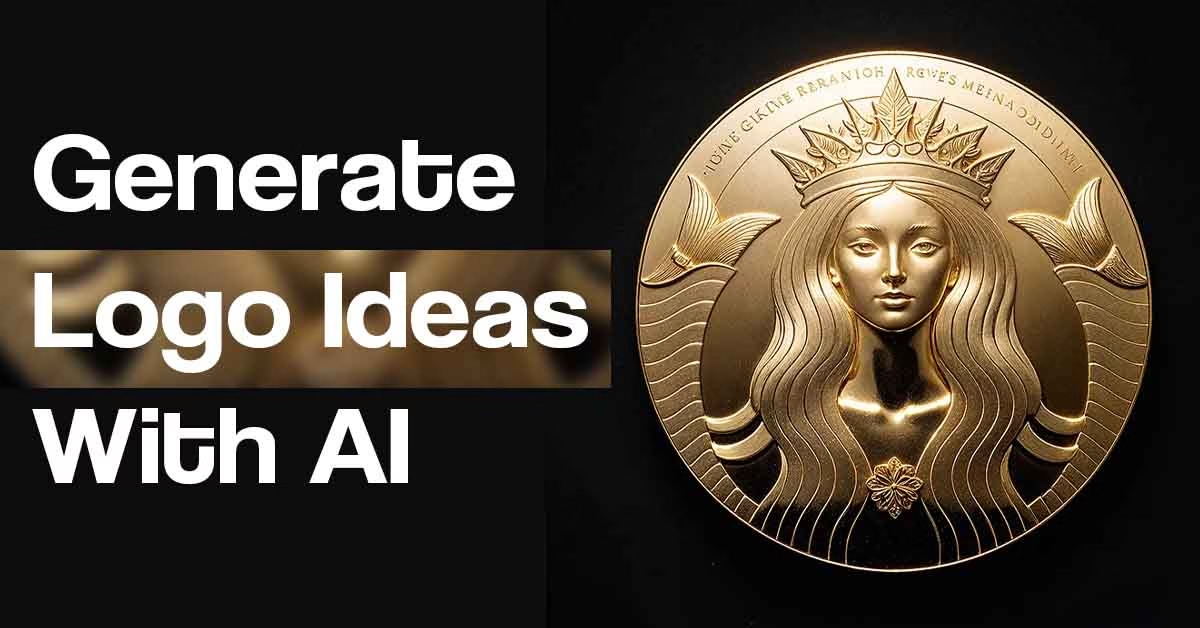Introduction
In today’s fast-paced market, businesses need logos that capture their essence quickly and affordably. Enter AI-powered logo design—a game-changer for startups and designers alike. In this case study, we explore how EcoBite, a sustainable food delivery service, leveraged AI tools to create a compelling logo in just 48 hours. Dive into the process, challenges, and results of co-creating with AI.
The Challenge: EcoBite’s Logo Needs
EcoBite, a new eco-conscious meal delivery startup, needed a logo that reflected:
- Sustainability: Fresh, organic, and earth-friendly values.
- Modernity: A clean, tech-savvy aesthetic for a digital-first audience.
- Speed: A 2-day turnaround to meet investor deadlines.
Traditional design quotes averaged $500–$1,500 and required weeks of iterations. EcoBite turned to AI for a faster, budget-friendly solution.
The AI Tools Used
- Looka
- Features: AI-driven logo generator, brand kit integration.
- Cost: $20 for a basic logo; $96 for full branding suite.
- Adobe Firefly
- Features: Text-to-vector graphics, generative recolor.
- Cost: Included in Creative Cloud ($59.99/month).
- Canva Pro
- Features: Magic Media for AI-generated icons, collaboration tools.
- Cost: $12.99/month.
The AI-Human Co-Creation Process
Step 1: Ideation with Looka
- Prompt: “Eco-friendly food delivery logo: leaf icon, green palette, modern typography.”
- Output: Looka generated 50+ concepts in 10 minutes, including combinations of leaves, bowls, and abstract earth motifs.
- Refinement: The team shortlisted 5 designs favoring minimalist styles.
Step 2: Customization in Adobe Firefly
- Vector Tweaks: Used Firefly’s text-to-vector tool to refine the leaf icon into a stylized, scalable shape.
- Color Testing: Applied generative recolor to explore palettes beyond green (e.g., muted blues and terracotta).
Step 3: Collaboration via Canva
- Feedback Loop: Shared the top 3 designs with stakeholders via Canva’s comment feature.
- Final Edits: Added motion effects (animated leaf) for digital use using Canva’s Magic Media.
Results: Time, Cost, and Creativity
- Time Saved: 70% faster than traditional methods (48 hours vs. 2 weeks).
- Cost: $96 (Looka) + existing Canva/Adobe subscriptions vs. $1,500+ for a designer.
- Client Feedback: “The AI options pushed us to explore bold color schemes we hadn’t considered,” said Jane Doe, EcoBite’s CEO.
- Final Design: A dynamic leaf icon paired with clean, sans-serif typography in a gradient green palette.
Challenges & Solutions
- Generic Initial Outputs:
- Early AI designs felt repetitive.
- Fix: Combined Looka’s concepts with Firefly’s custom vectors for uniqueness.
- Color Limitations:
- AI palettes skewed toward cliché greens.
- Fix: Used Firefly’s generative recolor to add earthy neutrals.
- File Scalability:
- Some AI exports lacked vector formats.
- Fix: Redesigned the final logo in Adobe Illustrator for print/web.
FAQ: AI Logo Design Demystified
Q: Can AI create a logo from scratch?
A: Yes! Tools like Looka and Canva generate concepts based on prompts, but human refinement ensures brand alignment.
Q: Are AI-generated logos copyright-free?
A: Most platforms (e.g., Looka) grant full commercial rights upon purchase. Always check licensing terms.
Q: Can I trademark an AI logo?
A: Yes, if it’s sufficiently unique. Consult a legal expert to avoid conflicts.
Q: Will AI replace designers?
A: No—AI handles ideation and grunt work, while designers focus on strategy and customization.
Top AI Logo Design Tools for 2026
- Looka: Best for startups needing full brand kits.
- Adobe Firefly: Ideal for designers wanting editable vectors.
- Canva Pro: Perfect for quick, social-friendly logos.
- Hatchful (by Shopify): Free tool for e-commerce brands.
Conclusion
EcoBite’s case study proves AI is a powerful ally in logo design, offering speed, affordability, and creative inspiration. While AI won’t replace human designers, it democratizes access to high-quality branding—especially for small businesses.
